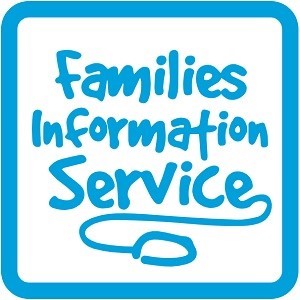Local Offer - What is SEND?
The focus of the Local Offer is information, support and services available for children and young people who have SEND, but what is SEND?
On this page, you can find:
What are Special Educational Needs (SEN)?
Some children may have SEN because of a medical condition or a disability. Other children may have SEN without a diagnosis or a disability.
A child or young person has a learning difficulty or disability if they:
- Have a significantly greater difficulty in learning than the majority of others the same age.
- Have a disability which prevents or hinders them from making use of facilities of a kind generally provided for others of the same age in mainstream educational settings.
The Four Areas of SEND
Cognition and Learning
Communication and Interaction
Sensory and/or Physical
Social, Emotional and Mental Health Difficulties
What are Learning Difficulties?
A child of compulsory school age, or a young person, has a learning difficulty or disability if they have a significantly greater difficulty in learning than the majority of others of the same age, or has a disability which prevents or hinders them from making use of educational facilities of a kind generally provided for others of the same age in mainstream schools or mainstream post-16 institutions. Types of learning difficulties can include:
Specific Learning Difficulty (SpLD)
- Attention Deficit Disorder (ADD) / Attention Deficit Hyperactivity Disorder (ADHD)
- Dyslexia (Difficulty with reading and/or spelling)
- Dyspraxia (Difficulty with movement and co-ordination)
- Dyscalculia (Difficulty with numbers)
- Dysgraphia (Difficulty with writing)
Moderate Learning Difficulty (MLD)
Severe Learning Difficulty (SLD)
Profound and Multiple Learning Difficulty (PMLD)
What is a Disability?
The definition of disability under the Equality Act 2010 is quite wide and is not dependent on a particular diagnosis. This includes, for example, sensory impairments such as those that affect sight and hearing, and long-term health conditions such as asthma, diabetes or epilepsy.
A person is disabled if they have:
- A physical or mental impairment, and
- The impairment has a substantial and long term adverse effect on their ability to carry out day-to-day activities.
A ‘physical or mental impairment’ can include sensory impairments, medical conditions, learning disabilities, mental health conditions, autism, speech and language impairments, and more. There is no requirement for a formal diagnosis, though this is likely to help evidence a disability.
‘Long-term’ means a year or more, and ‘substantial’ means more than minor or trivial. Normal day-to-day activities can be physical or tasks such as processing instructions.
This government guidance helpfully explains the definition of disability under the Equality Act
What Educational Support is Offered to Children who have SEN?
Children who have special educational needs may require special education provision (or SEN support) to help them achieve their targets.
Find out more about SEN support.
Downloads & Resources
Display your introduction over featured image?: No

 City of Doncaster Council’s
City of Doncaster Council’s